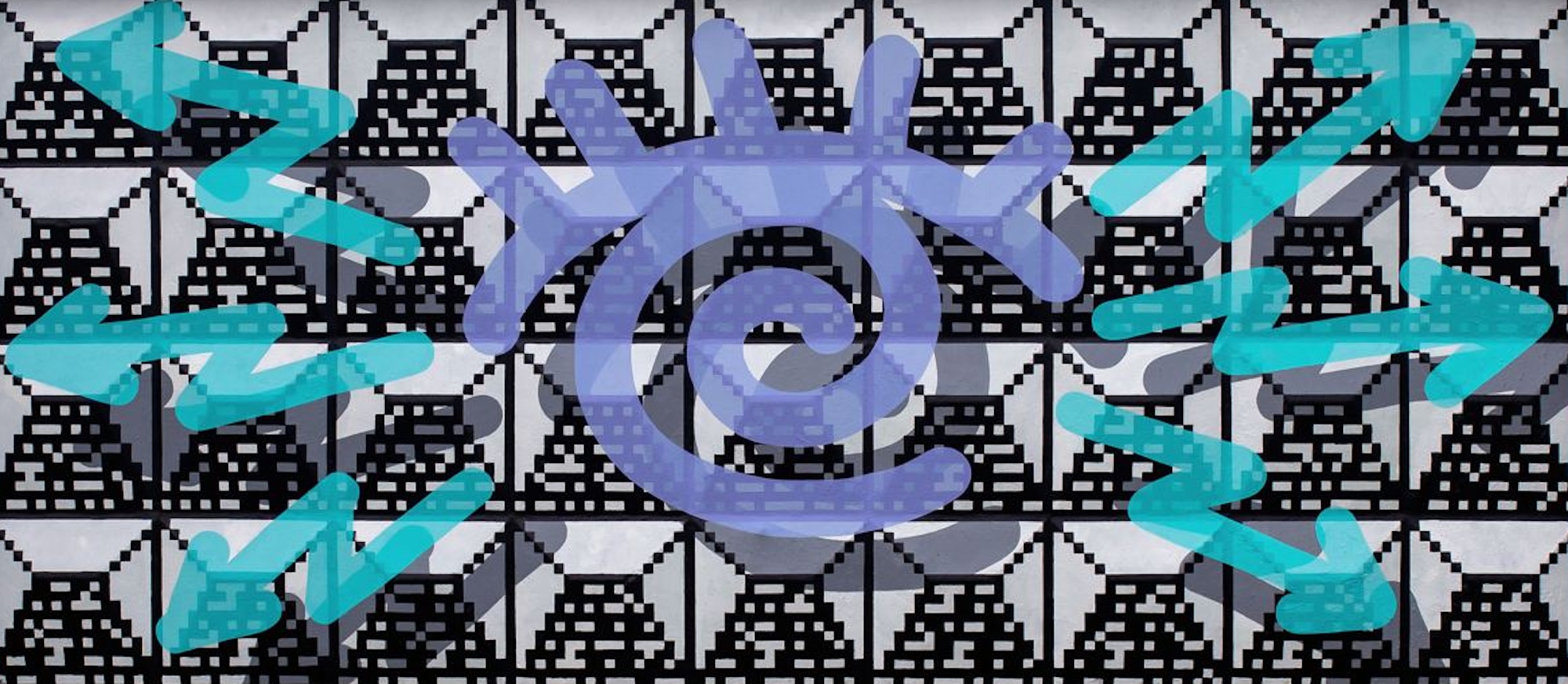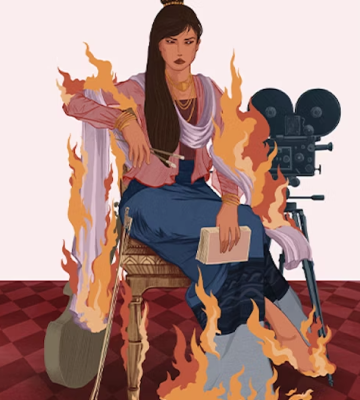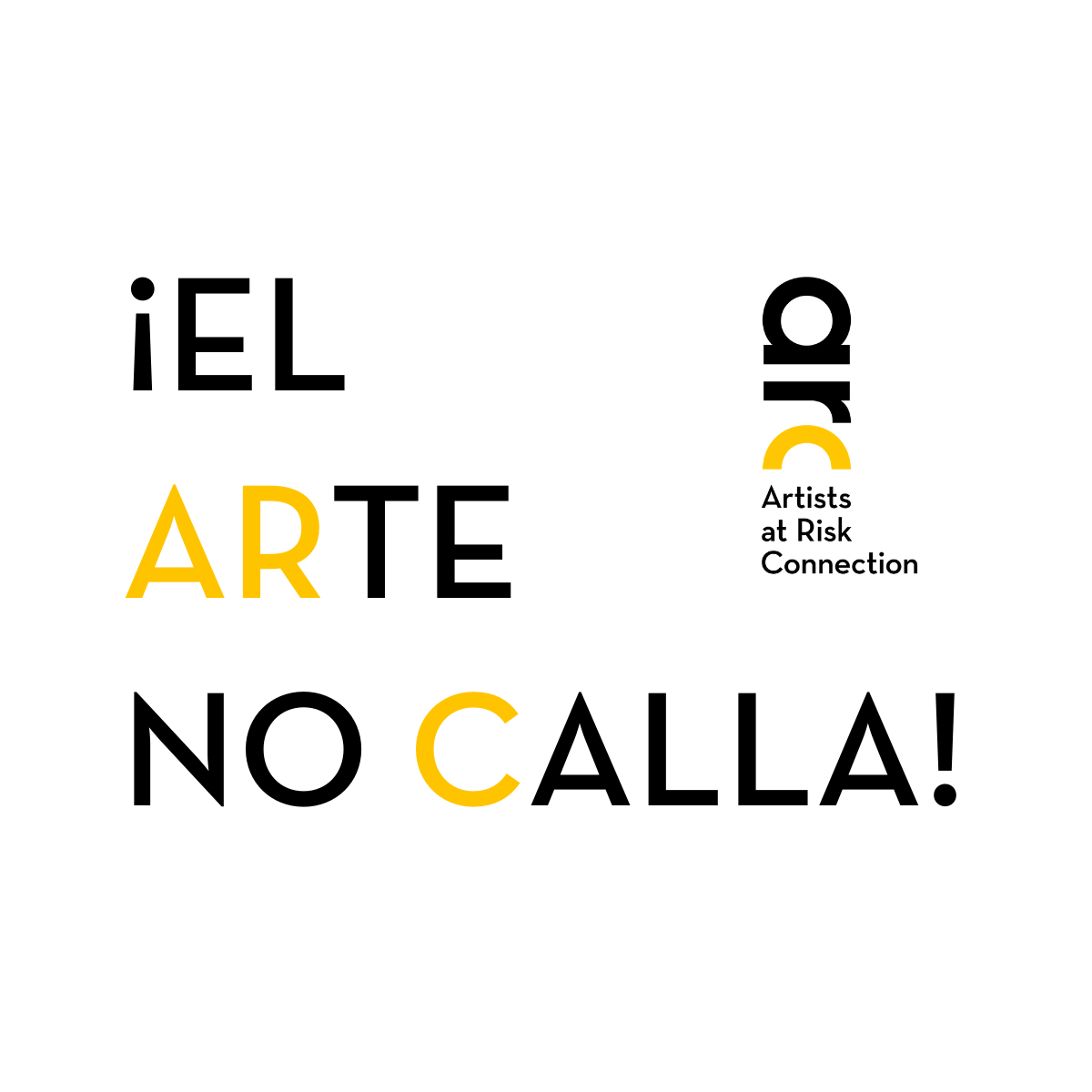ARC Spotlights 13 Daring Eurasian Artists, Inaugurates “The Art Of Resistance”
Russia / Belarus

GipnoZ ("Hypnosis"), by Rusisan artist Philippenzo was painted on a fence in the Voroshilovsky District of Volgograd, before being covered up by police.
The Powerful Digital Exhibition Features Russian and Belarusian Artists in Celebration of UNESCO’s 2005 Convention Anniversary
21 May 2025
(NEW YORK)—To mark the World Day for Cultural Diversity for Dialogue and Development and in celebration of the anniversary of the 2005 UNESCO Convention on the Protection and Promotion of the Diversity of Cultural Expressions, Artists at Risk Connection (ARC), in partnership with UNESCO, proudly launches The Art of Resistance: Contemporary Art from Russia and Belarus, an online exhibition curated by Vera Shengelia that confronts the brutal cost of dissent and the enduring power of creative defiance.
Featuring the work of 13 Russian and Belarusian artists, each a recipient of ARC’s Emergency and Resilience Grants for Eurasian artists, The Art of Resistance highlights how art becomes a lifeline under authoritarian rule. In the aftermath of Russia’s full-scale invasion of Ukraine, these artists mobilized to oppose the war, suffering censorship, arrest, criminal prosecution, forced conscription, exile, and, in some cases, death under suspicious circumstances.
Russian Visual Artists
- 742 — Painter, Visual Artist
- Anastasiya Sukhareva-Morozova — Ceramic Artist, Photographer, Sculptor
- Animators Against War — Cartoonists
- Malyshki 18:22 — Multidisciplinary Artists
- Party of the Dead — Performer
- Philippenzo — Graffiti Artist
- Sasha Skochilenko — Visual Artist, Musician, Poet
- Slava PTRK — Curator, Visual Artist
- Vladimir Shalamov — Curator
Belarusian Visual Artists
- Ales Pushkin — Curator, Painter, Performer
- Lesia Pcholka — Visual Artist
- Mikhail Gulin — Painter, Performer
- Uladzimir Hramovich — Multidisciplinary Artist
Through painting, performance, animation, and various other disciplines, the exhibition explores themes of anti-war activism, political repression, and the emotional toll of forced displacement. While their artistic languages vary, each artist speaks to a shared truth: In times of crisis, art is both an act of survival and a form of protest.
The Art of Resistance celebrates the resilience, hope, and creativity that endure even in the most repressive environments. By centering artists’ reflections and personal stories, the exhibition engages viewers with a global narrative of solidarity and creative defiance, reminding us that cultural diversity is essential to international peace and to a future rooted in justice, equality, and freedom.
“We’ve outgrown the idea of just putting on exhibitions—we’re thinking about how to build more sustainable projects. Even when the war ends in a political sense, its consequences won’t just disappear,” said Russian artist, curator, and activist Vladimir Shalamov. “Refugees, grief, political crises, authoritarianism, and dictatorship—none of it will simply vanish. These issues are at the heart of contemporary art.”
“As cultural repression intensifies globally, these artists reveal what is truly at stake: the right to imagine, to dissent, and to be heard,” said Julie Trebault, Director of the Artists at Risk Connection (ARC). “Their work is a form of resistance, a lifeline for truth, a safeguard for cultural diversity, and a powerful reminder that artistic freedom is fundamental to any just and democratic society.”
This timely exhibition features artists supported through ARC’s Eurasia Emergency and Resilience Grant Program, an initiative made possible with the generous support of the Helen Frankenthaler Foundation. Over the past three years, ARC has received approximately 400 requests for support and awarded 235 emergency and resilience grants to artists from Russia and Belarus who face threats, harassment, and persecution due to their commitment to peace and creative expression. At great personal risk, these artists have upheld the spirit of the UNESCO Convention and its demand for conditions that enable diverse cultural expression.
The exhibition is available online and on the official webpage for the UNESCO 2005 Convention celebrations. Viewers can explore the artworks and personal testimonies of the artists—some in hiding, some in exile, all navigating the risks of dissent with courage and creativity.
At a time when civic space is closing across the globe, The Art of Resistance stands as a vital reminder that artistic expression is essential and must be defended.
Curatorial Statement:
The work of the artists featured in The Art of Resistance speaks to the elastic forms of resistance that creativity under pressure can take. Against the backdrop of pervasive and growing authoritarianism in Putin’s Russia and Lukashenko’s Belarus, art becomes an act of endurance, and while certain artists cast their eyes towards a faraway vision of the future, others can look only at the near- and middle distance. Some artists, like the Russian visual artist, musician, poet, and former political prisoner Sasha Skochilenko, approach the oppression they faced through a focus on the intimate and interpretive elements of their experience. Her dreamlike piece Puppet—part of a series of drawings made while in prison and clandestinely sent to her supporters on the outside—depicts the artist’s ordeal in court, with the massive hand of an anonymous puppet master controlling the movements of the judge and prosecutor. Other works in the exhibition, like the photographic series Descent into the Marsh (2024) by Belarusian artist, archivist, and activist Lesia Pcholka, approach the history of authoritarianism and dissent in their countries broadly, and more head-on. The piece highlights the ongoing repression Belarusians have faced, as well as the thousands of political prisoners held in the country, and the roughly one million now in exile. The artist also looks beyond the specificities of one country or region, connecting Belarus’ struggle to global examples of resistance against digital repression, citing Hong Kong’s pro-democracy movement.
Every artist featured in The Art of Resistance has paid a hefty price for speaking truth to power, exposing the criminality and cruelty of their regime, or merely planting the seeds of discomforting questions. Some, like Sasha Skochilenko (Russia), Philippenzo (Russia), and Uladzimir Hramovich (Belarus) have faced periods of imprisonment, torture, and eventual exile. Belarusian artist Ales Pushkin died in detention in July 2023, after having been prominently active in protests against the regime. What unites every artist featured–through both their artistic work and their corresponding interviews–is their enduring resolve, bravery, and willingness to challenge dominant narratives imposed by the state, and thereby use their art as a means to confront power.
ABOUT ARC
Artists at Risk Connection (ARC) is an international organization committed to promoting and advancing artistic freedom worldwide. We work to protect artists and cultural workers who are at risk because of their creative expression, often connected to their identities or roles within their communities. ARC helps artists at risk overcome challenges like persecution, censorship, threats, and violence from both state and non-state actors.
For press inquiries, please contact:
Julie Trébault
Executive Director
Artists at Risk Connection (ARC)
+1 646.860.5446
arc@artistsatriskconnection.org






